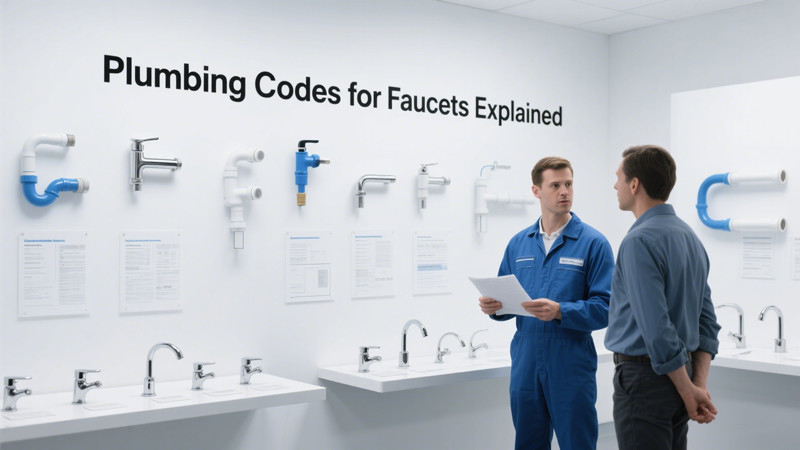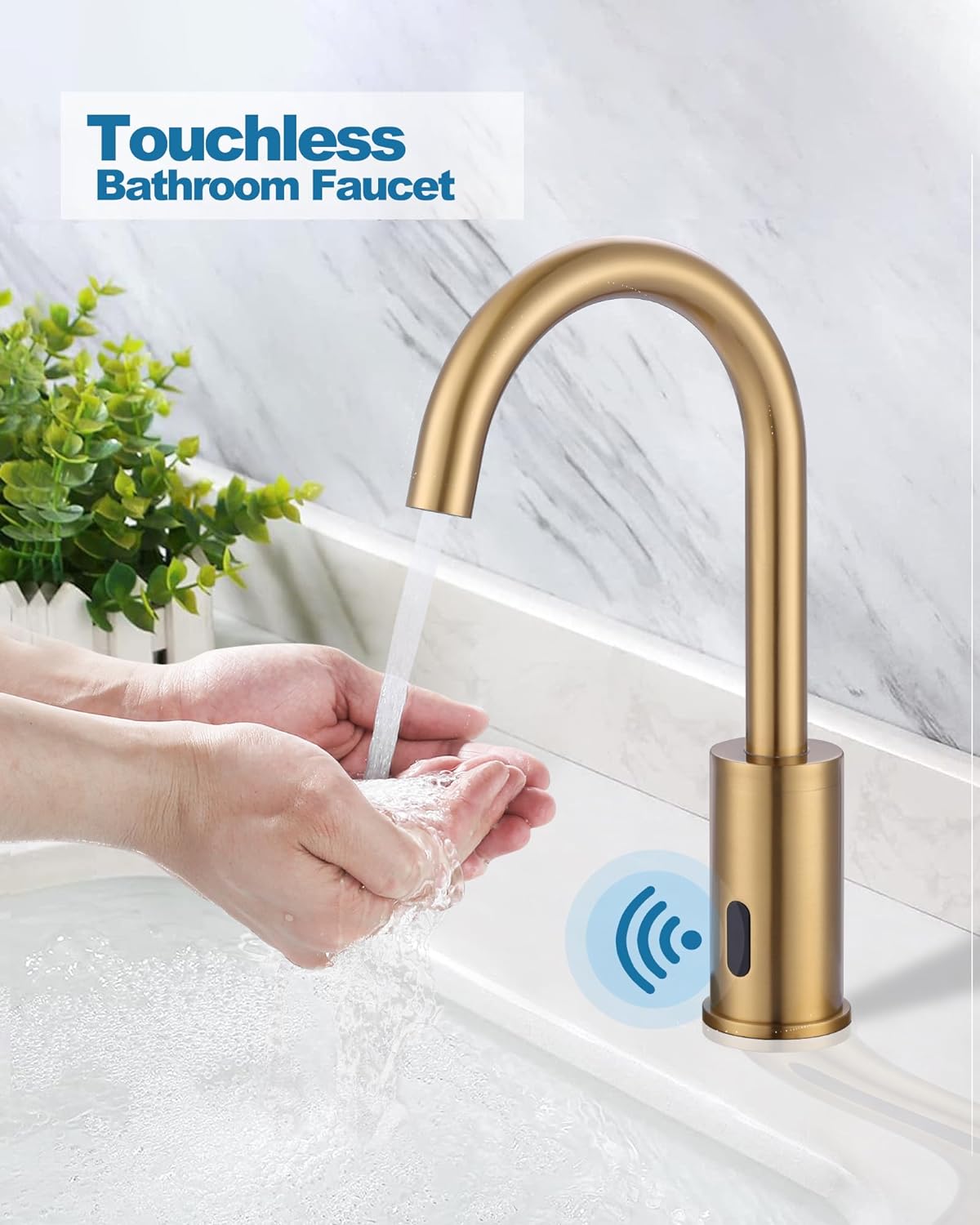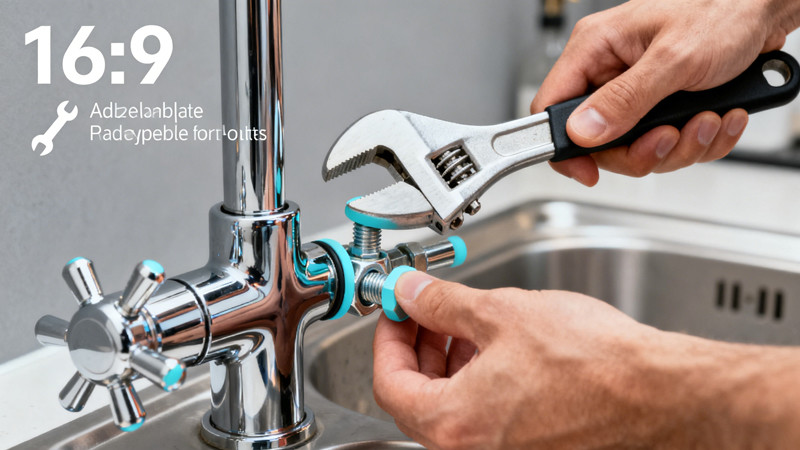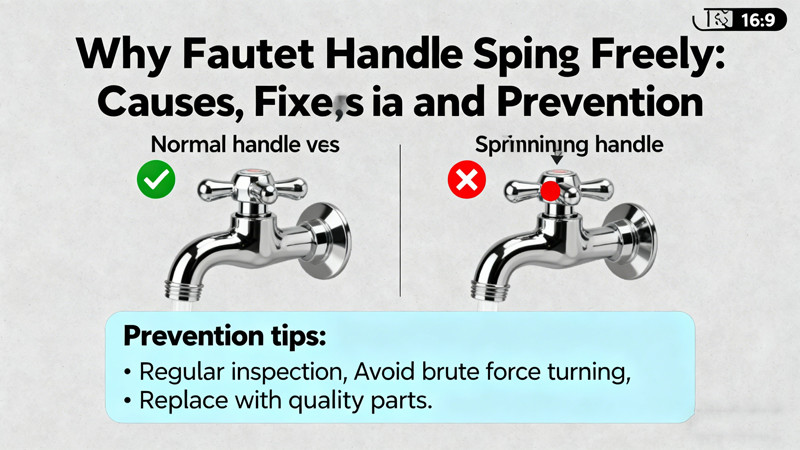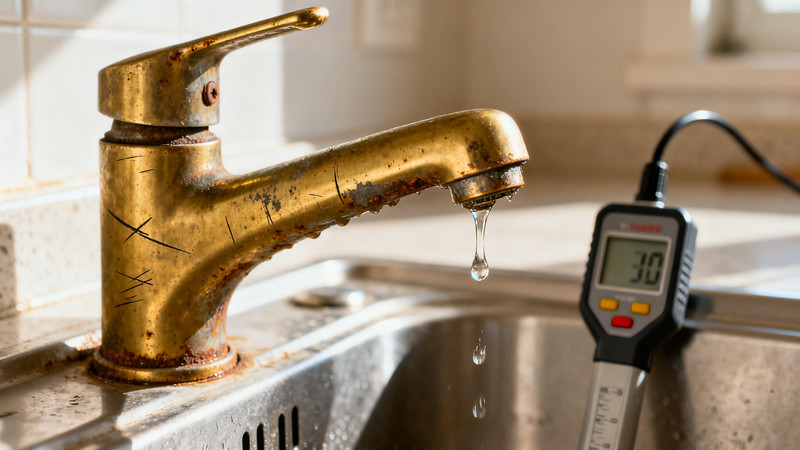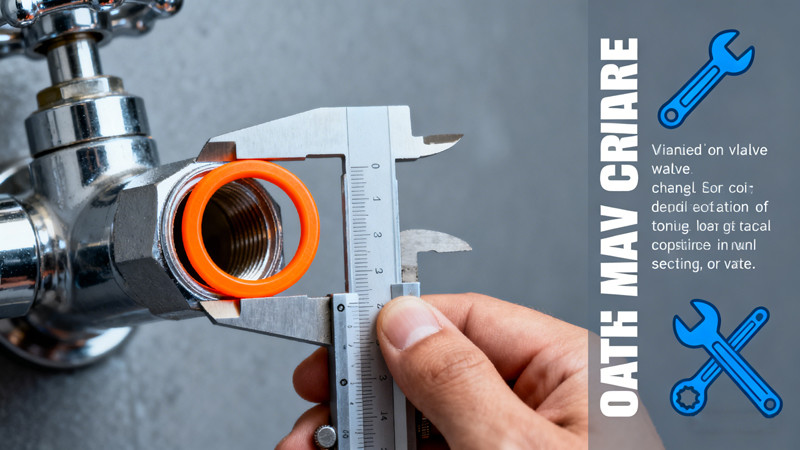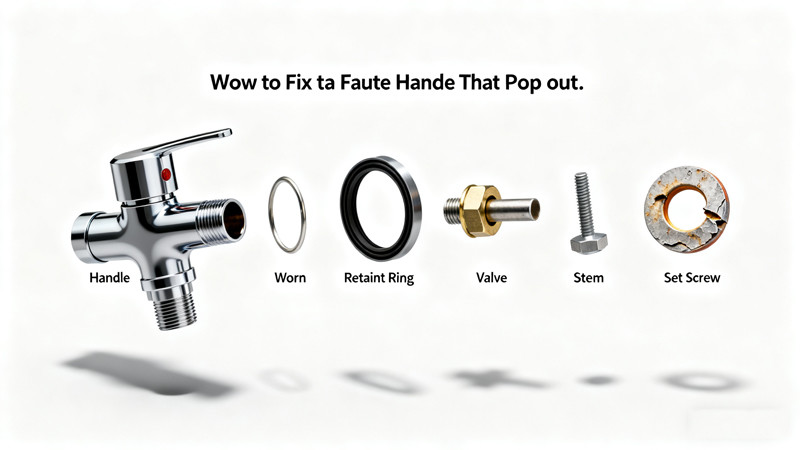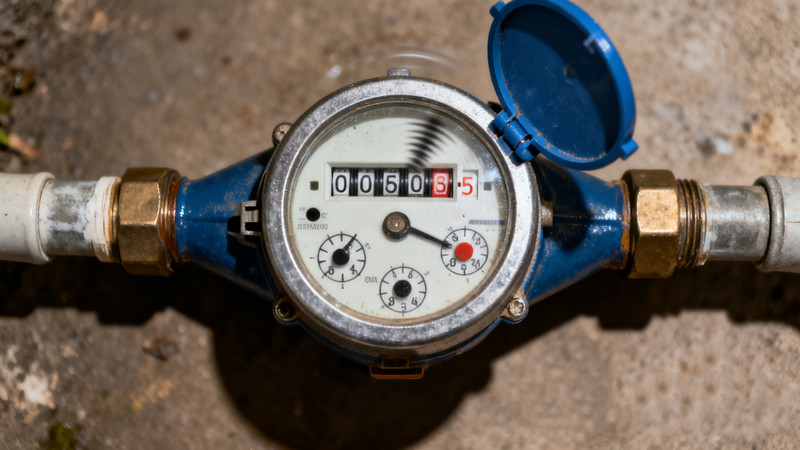When it comes to home plumbing systems, few components are as frequently used as faucets. They’re in every kitchen, bathroom, laundry room, and even outdoors. But while many homeowners focus on aesthetics and functionality, there’s one critical aspect that often goes overlooked—plumbing codes.
Plumbing codes are a set of rules and standards that regulate the design, installation, and inspection of plumbing systems. These codes ensure that systems are safe, sanitary, and efficient, protecting homeowners from potential hazards like contamination, leaks, and water waste. In this post, we’ll explain the key plumbing codes related to faucets and why they matter, whether you’re a homeowner, DIY renovator, or professional contractor.
What Are Plumbing Codes?
Plumbing codes are guidelines developed to promote health and safety in residential, commercial, and industrial plumbing systems. They are enforced by local building departments and often based on larger model codes such as:
- IPC (International Plumbing Code)
- UPC (Uniform Plumbing Code)
- National Standard Plumbing Code
- State-specific codes (e.g., California Plumbing Code)
While the specific rules may vary by location, the core goal is the same: to ensure proper plumbing installation and water safety.
Why Faucets Need to Follow Plumbing Codes
Faucets may seem like a small part of your plumbing system, but because they directly interact with your drinking water and wastewater systems, they must comply with codes for safety and performance. Improperly installed or poorly designed faucets can lead to serious issues, including:
- Backflow contamination
- Unsafe water pressure
- Lead or heavy metal exposure
- Leaks that damage property or waste water
Following code ensures your faucet works safely and legally—and avoids costly fines or renovations later on.
Key Plumbing Code Requirements for Faucets
1. Backflow Prevention
One of the most important requirements in plumbing codes is the prevention of backflow, which is when dirty or contaminated water flows backward into the clean water supply. To avoid this, most faucet codes require built-in backflow prevention devices like:
- Air gaps
- Vacuum breakers
- Check valves
For example, in kitchen faucets with pull-out sprayers, the hose could hang into dirty dishwater, creating a backflow risk. To prevent this, the faucet must include a dual check valve or an air gap built into the system.
2. Lead Content Restrictions
Due to health concerns, modern plumbing codes restrict the amount of lead that can be present in any faucet or fixture that provides drinking water. As of the Safe Drinking Water Act amendment (2014), faucets must contain less than 0.25% lead.
Make sure any faucet you buy for kitchens or bathrooms is labeled NSF/ANSI 372 or “lead-free” to comply with the law.
3. Water Efficiency (Flow Rate Limits)
To conserve water, plumbing codes now require faucets to meet certain maximum flow rate standards. The EPA’s WaterSense program and many state codes (especially in California) enforce these rules:
- Bathroom faucets: Max flow rate of 1.5 gallons per minute (GPM)
- Kitchen faucets: Max flow rate of 2.2 GPM
- Public restroom faucets: Often limited to 0.5 GPM
Low-flow aerators and WaterSense-labeled faucets are code-compliant and help reduce utility bills.
4. Accessibility (ADA Compliance)
If you’re installing a faucet in a public or commercial space—or designing an accessible home bathroom—you’ll need to follow ADA (Americans with Disabilities Act) plumbing code requirements. ADA-compliant faucets must:
- Be operable with one hand
- Require no tight grasping, pinching, or twisting
- Take less than 5 pounds of force to operate
Lever handles, motion sensors, or push-button faucets are all compliant options.
5. Temperature Control & Anti-Scald Protection
Plumbing codes require anti-scald technology to prevent users from being burned by hot water. This is especially important in:
- Public restrooms
- Homes with children or elderly residents
- Commercial kitchens or healthcare facilities
Faucets may need to include temperature limit stops or work in conjunction with thermostatic mixing valves (TMVs) that regulate hot water output.
6. Installation & Clearances
Faucets must also be installed according to code-specified clearances and heights, especially in commercial and ADA-compliant spaces. For example:
- ADA code requires that a sink/faucet combo must be no higher than 34 inches from the finished floor.
- Certain codes may specify the distance between the faucet and the sink rim to ensure splash protection.
Improper installation could result in a failed inspection or require rework.
Permits and Inspections: Do You Need One for a Faucet?
For most faucet replacements, permits are not required, especially if you’re not altering the plumbing system. However, if you’re installing a new sink, moving plumbing lines, or working in commercial or multifamily housing, permits and inspections are likely needed.
Always check with your local building department before beginning a project. Failing to get a permit (if required) could lead to fines or having to undo your work.
How to Ensure Code Compliance
To stay compliant with faucet plumbing codes:
- Buy certified products – Look for labels such as:
- NSF/ANSI 61 or 372 (lead-free)
- WaterSense (flow rate)
- ADA (accessibility)
- Hire licensed plumbers – Professional plumbers know the codes and can ensure your installation passes inspection.
- Check local codes – While model codes are common, some municipalities have unique requirements.
- Get necessary permits – When in doubt, call your building department.
Final Thoughts
Faucets may appear simple, but the regulations surrounding them are designed to protect health, safety, and the environment. Whether you’re upgrading your kitchen, designing a commercial space, or installing faucets in a new home, understanding plumbing codes helps you make smart, safe, and legal choices.
Remember: Code compliance isn’t just about passing inspections—it’s about protecting your water supply, your wallet, and your peace of mind.
 WOWOW Faucets
WOWOW Faucets